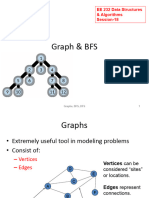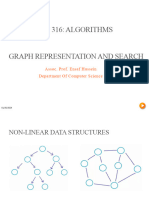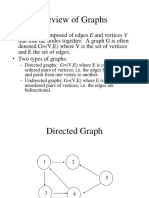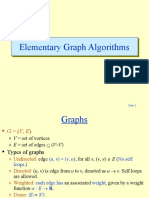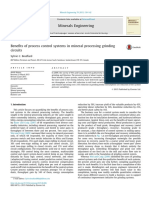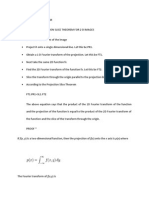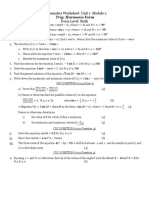0% found this document useful (0 votes)
22 views83 pagesLecture 2 - Graph Basics
The document provides an overview of graphs, including definitions, variations, and representations such as adjacency matrices and lists. It also covers graph searching algorithms like Breadth-First Search (BFS) and Depth-First Search (DFS), detailing their processes, pseudocode, and time complexities. Key concepts such as paths, cycles, and graph traversal are emphasized to facilitate understanding of data structures and algorithms related to graphs.
Uploaded by
nishatshawrin2Copyright
© © All Rights Reserved
We take content rights seriously. If you suspect this is your content, claim it here.
Available Formats
Download as PDF, TXT or read online on Scribd
0% found this document useful (0 votes)
22 views83 pagesLecture 2 - Graph Basics
The document provides an overview of graphs, including definitions, variations, and representations such as adjacency matrices and lists. It also covers graph searching algorithms like Breadth-First Search (BFS) and Depth-First Search (DFS), detailing their processes, pseudocode, and time complexities. Key concepts such as paths, cycles, and graph traversal are emphasized to facilitate understanding of data structures and algorithms related to graphs.
Uploaded by
nishatshawrin2Copyright
© © All Rights Reserved
We take content rights seriously. If you suspect this is your content, claim it here.
Available Formats
Download as PDF, TXT or read online on Scribd
/ 83




















